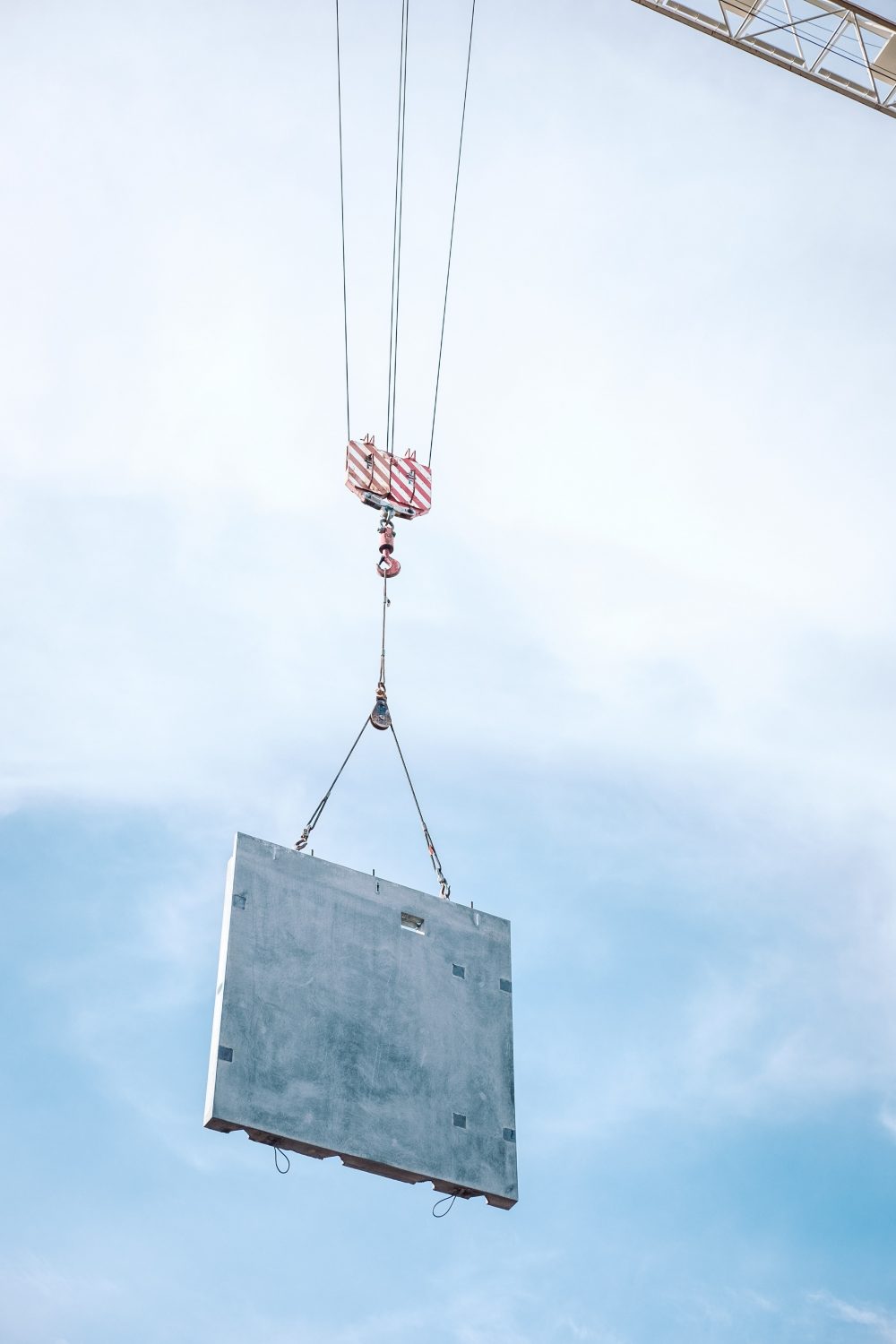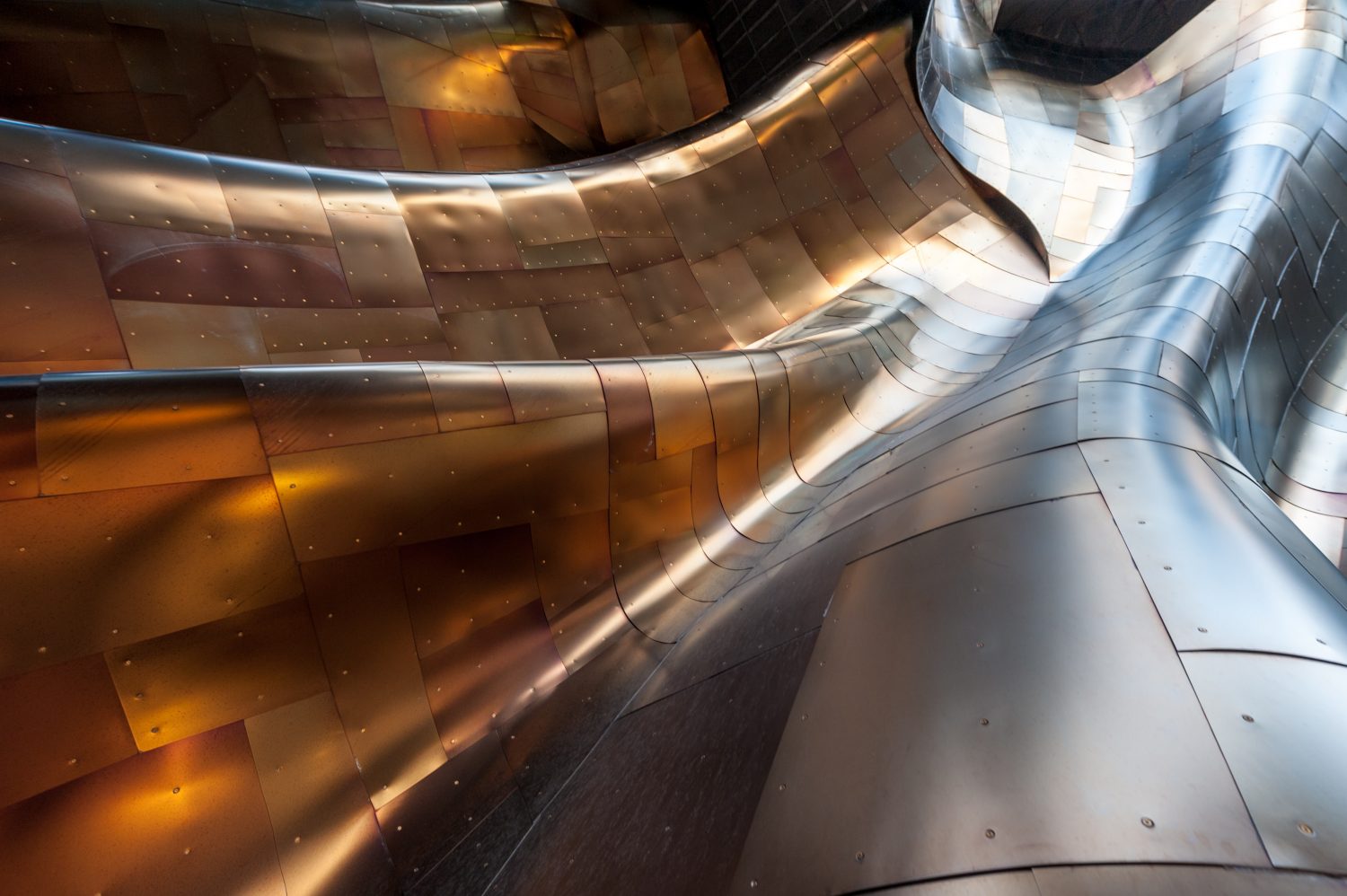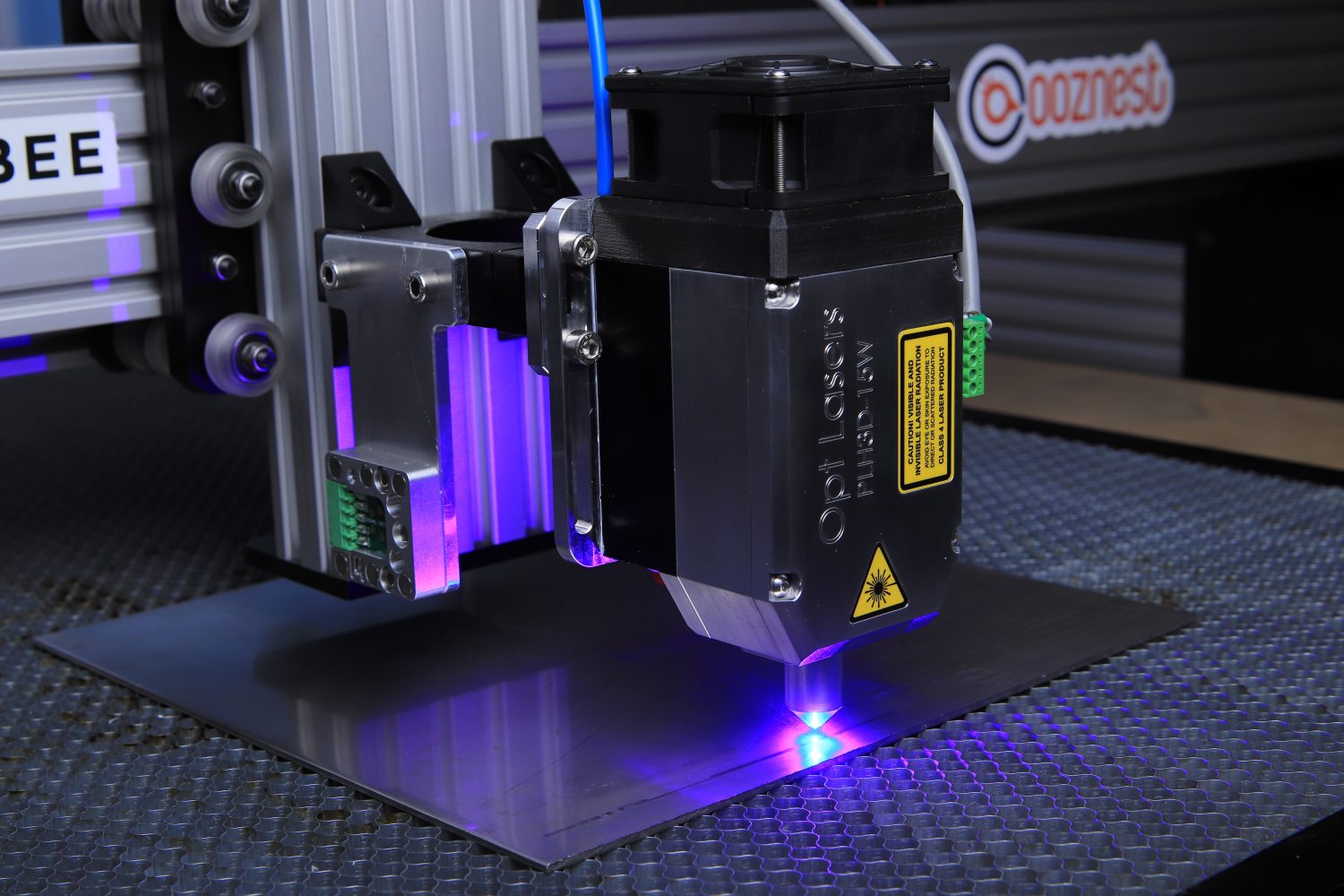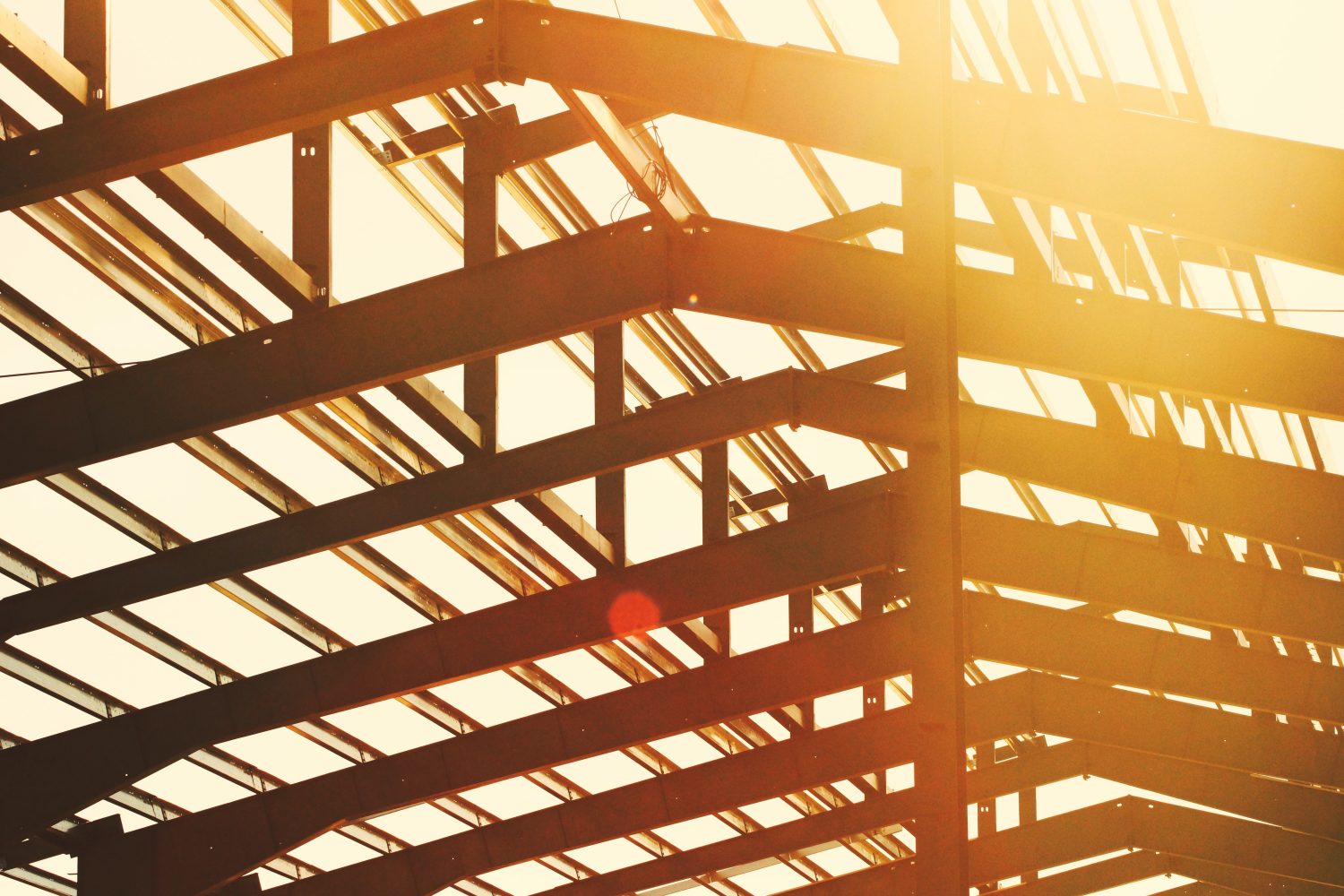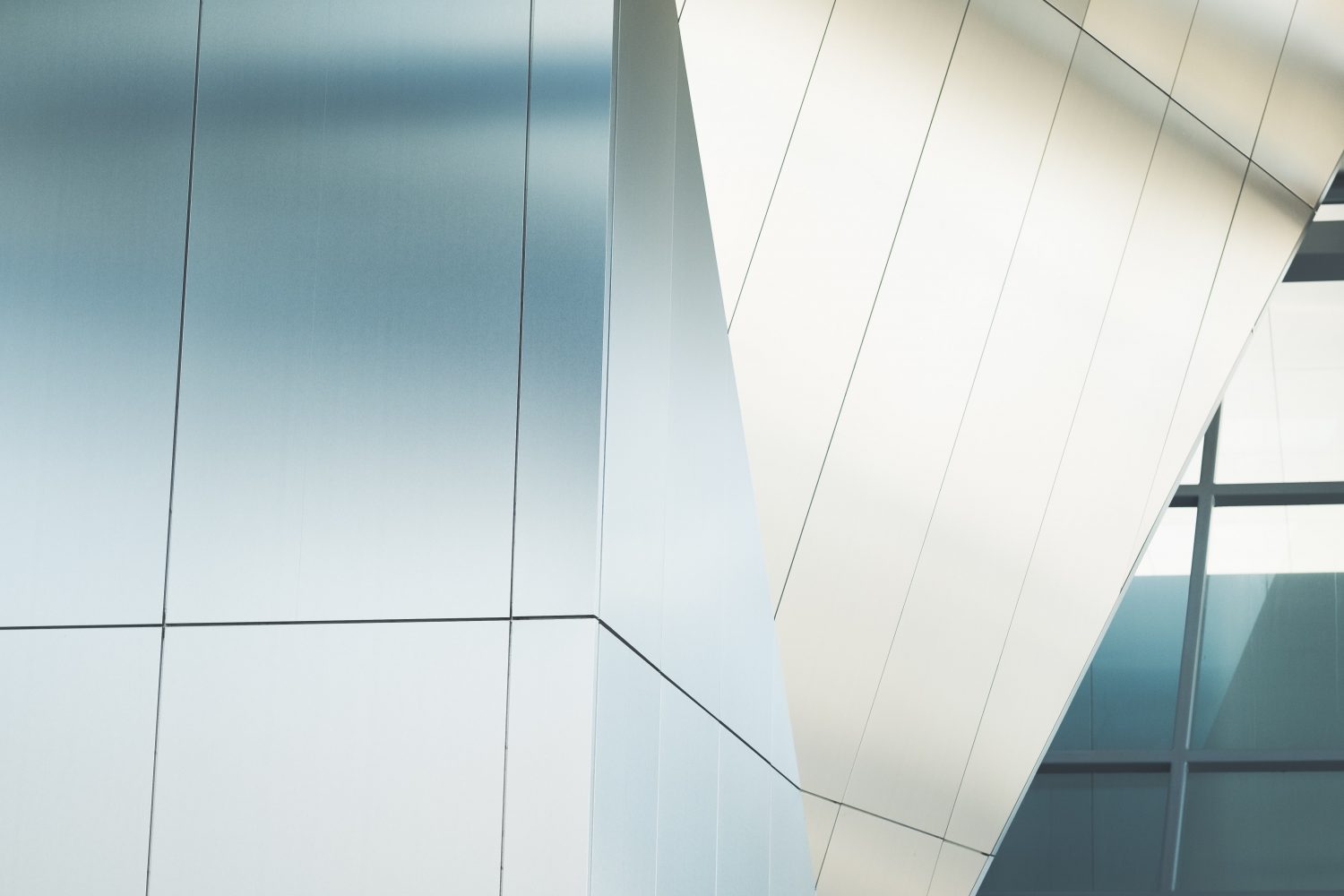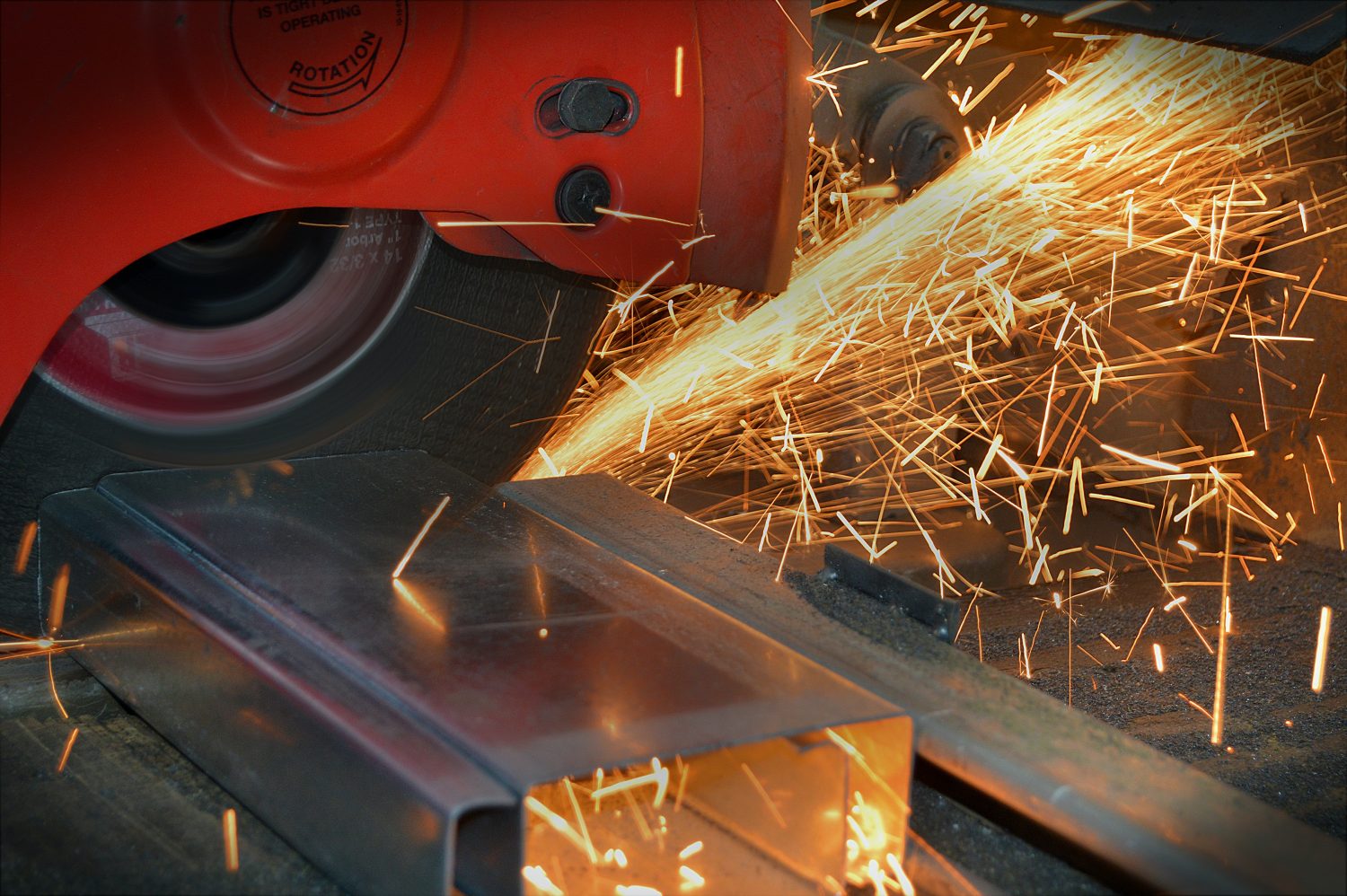Efficient transport is essential for our modern way of life and steel plays a key role in providing strong, safe, and sustainable transport solutions. Steel facilitates the transport of goods and our mobility, whether it’s by bicycles, cars, buses, trains, etc or in the networks that support them, steel is crucial to every mode of transport. In this article, we’ll be looking at exactly how steel is used in the transport industry and the benefits of it.
How steel is used in transport
Steel is well-suited to the transport sector because it is strong, durable (meaning better safety in case of a collision), lightweight, affordable, UV-resistant, and fully recyclable. Additionally, regularly reinforced concrete roadways have a steel rebar to structurally support them and help to improve fuel efficiency for bigger vehicles.
Design and development innovations in new high-strength steels have also played an important part in boosting the efficiency of a lot of these transport modes whilst significantly reducing the lifecycle of greenhouse gas (GHG) emissions. Including automotive, roughly 16% of steel produced around the world is used to meet society’s transport needs. Steel is also vital to relevant infrastructures such as roads, bridges, ports, stations, airports, and fuelling. Some of the most notable applications include:
Ships and shipping containers
Shipbuilding normally requires structural steel fabricators to make plates for the hulls. The modern steel plates of today have much higher tensile strengths than they did in the past, meaning they are a lot better placed to efficient construction of large container ships. A specific type of plate is available with a built-in resistance to corrosion, which is great for building oil tankers.
Steel fabrication like this make it possible to create much lighter vessels than there has been before, or vessels with more capacity of the same weight, offering important opportunities to save on fuel consumption and CO2. To put this into context, steel ships transport 90% of the world’s cargo, and around 17 million containers of various types make up the global container fleet, most of which are made of steel.
Trains and rail cars
Rail transport utilises steel in the trains and for rails and infrastructure. For short or medium-length journeys, rail minimises travel times and CO2 emissions per passenger kilometre in comparison to almost all other types of transport.
Steel accounts for up to 15% of the mass of high-speed trains and is vital. The main steel parts of these trains are bogies (the structure underneath the trains like wheels, axels, bearings, and motors). Also, freight or goods wagons are made almost completely from steel.
Aeroplanes
Steel is an integral part of engines and landing gear.
What are the benefits of structural steel?
Structural steel has a wide range of benefits which make it lend so well to the transport industry. These are:
-
Contains recycled steel and can be recycled continuously
-
Strong and safe which is key to busy transport services
-
Durable and long-lasting, saving time and energy as it won’t need replacing on a regular basis
-
Cost efficient
-
Can be easily remanufactured if needed
-
Reusable rail tracks
Where can I find structural steel fabricators near me?
At FEM, our family-run team of structural steel fabricators have extensive experience and skills to create bespoke metal products that fit the exact requirements our clients need. To discuss your steel fabrication project needs, contact us today.

